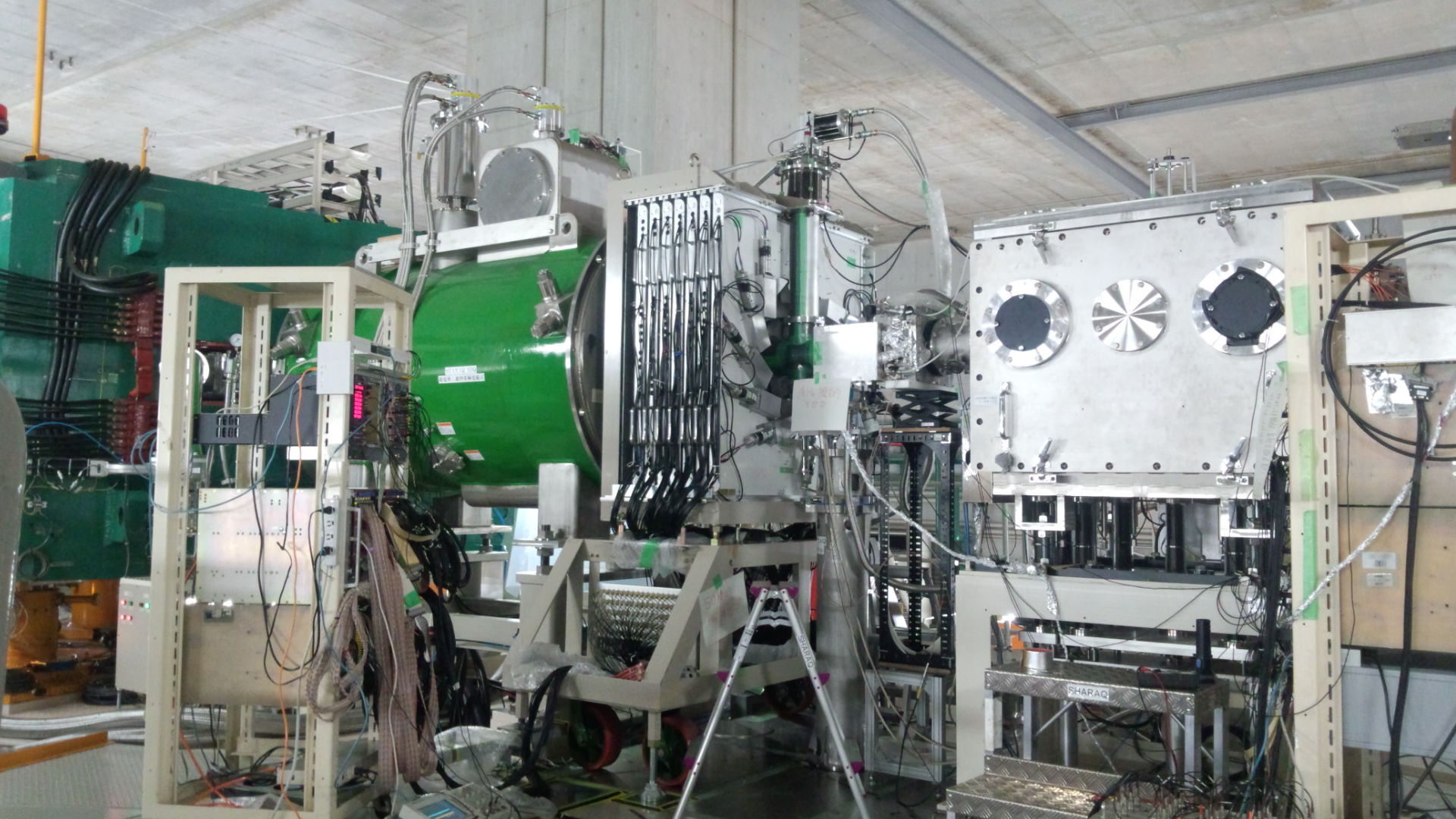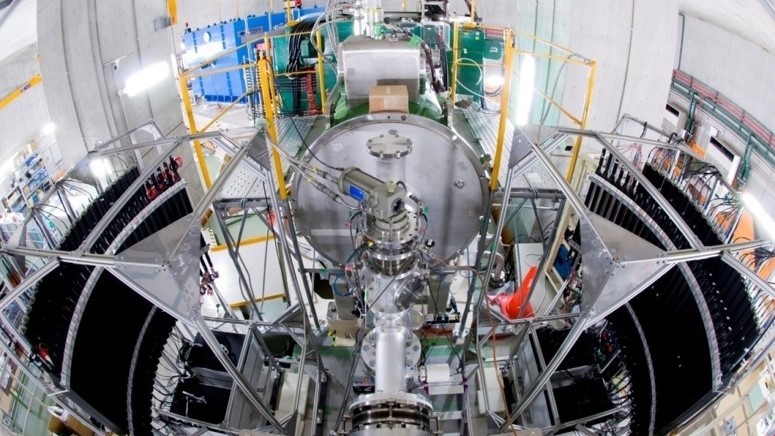Property of Nuclear matter
The sun around you is a large, gas-like sphere made up of 57th power of ten protons. Stars shining in the night sky have the same structure. The stars with a mass more than 10 times that of the sun cause a large explosion at the end of their lives, producing cold shining stars called neutron stars as remnant.
A neutron star is thought to have as same number of neutrons as the sun, but it is overwhelmingly compact star with a radius of 10 km, which is much smaller than that of 700000 km of the sun. The density is unbelivably large, more than 300 million tons for the size of thumb. In fact, this density is almost the same as the density inside the nucleus. Therefore, inside the neutron star, the same strong force that works inside the nucleus holds the important key. It is predicted that, in addition to the superfluid phase and superconducting phase, which are well known for physical properties in condensed matter physics, neutron stars have strong-force-specific phases such as pasta phase and meson condensed phase. However, there is no decisive thing for the reason why these phases may arise or for the way how to realize these phases. In addition, an equation of state that links the weight and radius of a neutron star is an unsolved problem, although active research is being conducted to determine it from both aspects of nuclear physics and astronomical observation.
Studies of nuclear structure and dynamics will provides the desicive information for these problems because these are based on the strong force.
I am working for these resaerh works focusing on vibrational modes in nuclei (sub-atomic sound) and various cooper pair (quantum condensation) aiming at the determination of equation of state of nuclear matter and the clarification of nuclear matter phases.
I developed active targets, which are 3-D nuclear reaction cameras, for the experiments at RIBF (RIKEN), HIMAC (QST), CYRIC (Tohoku), and RCNP (Osaka).










